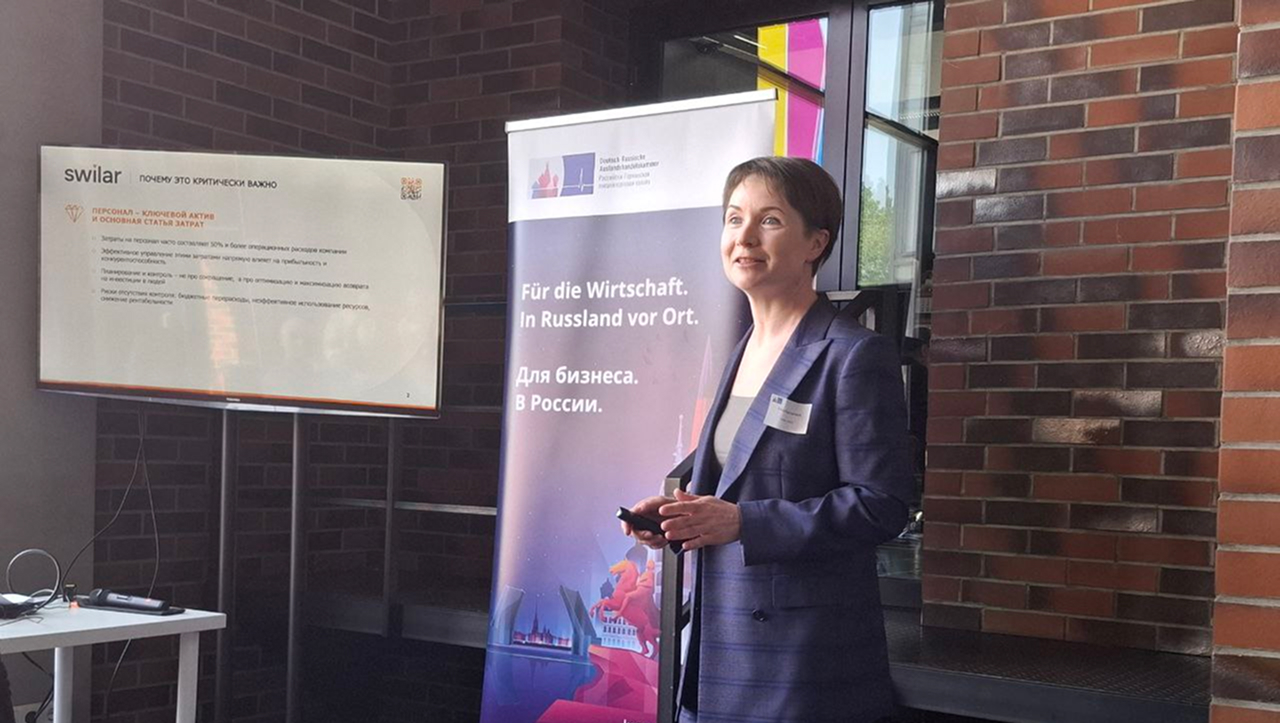Новый Стандарт ФСБУ 14/2022 «Нематериальные активы»
Приказом Министерства Финансов от 30 мая 2022 г. N 86н был утвержден новый стандарт ФСБУ 14/2022 «НЕМАТЕРИАЛЬНЫЕ АКТИВЫ» (зарегистрирован в Минюсте России 28 июня 2022 г. с № 69031).
Дата начала применения стандарта – отчетный период 2024 года, при этом возможно досрочное применение.
Одновременно с началом применения нового стандарта ФСБУ с 01 января 2024 прекращает свое действие ПБУ 14/2007 «Учет нематериальных активов».
До перехода на новый стандарт рекомендуем выполнить следующие действия:
- Провести инвентаризацию нематериальных активов (далее НМА) организации, которые в соответствии с ФСБУ 14/2022 могли бы быть отнесены к НМА;
- Установить лимит стоимости НМА для отнесения затрат на приобретение и создание активов к категории НМА, или признания в качестве расходов периода;
- Внести изменения в учетную политику Общества;
- Определить срок полезного использования (далее СПИ) НМА и сроки ежегодного тестирования СПИ на соответствие актуальности;
- Выбрать способ последующего учета НМА (после первоначального признания), по первоначальной или переоцененной стоимости (применяется в случае наличия активного рынка для НМА в соответствии с МСФО (IAS) 38);
- Определить ликвидационную стоимость (далее ЛС) НМА, числящихся на балансе предприятия и сроки ее ежегодной оценки;
- Для способа оценки НМА по переоцененной стоимости установить периодичность переоценки для каждой группы НМА;
- Отразить изменения в балансе организации на 01.01.2024 с помощью входящих корректировок;
- Раскрыть информацию в примечаниях к бухгалтерской (финансовой) отчетности компании.
Что это значит на практике?
Для целей бухгалтерского учета нематериальные активы подлежат классификации по видам (программы для электронных вычислительных машин (программы ЭВМ); базы данных; изобретения; полезные модели; промышленные образцы; секреты производства (ноу-хау); селекционные достижения; лицензии и разрешения) и группам.
Единицей учета нематериальных активов является инвентарный объект.
Инвентарным объектом нематериальных активов признается совокупность прав на него, возникающих в соответствии с договорами либо иными документами, подтверждающими существование у организации прав на такой актив.
В качестве инвентарного объекта нематериальных активов может признаваться также сложный объект, включающий несколько охраняемых результатов интеллектуальной деятельности (например, мультимедийный продукт, единая технология).
По новому стандарту организация вправе самостоятельно установить стоимостной лимит отнесения объекта к НМА или к расходам периода по завершению капитальных вложений, связанных с приобретением, созданием активов (пункт 7 ФСБУ 14/2022).
Стандарт вводит понятие ликвидационной стоимости — суммы, которую организация получила бы в случае выбытия объекта. Ликвидационная стоимость НМА считается равной нулю, за исключением следующих случаев:
- договором предусмотрена обязанность другого лица купить у организации объект нематериальных активов в конце срока его полезного использования;
- существует активный рынок для такого объекта, с использованием данных которого можно определить его ликвидационную стоимость;
- есть высокая вероятность того, что активный рынок для такого объекта будет существовать в конце срока его полезного использования.
(пункт 36 ФСБУ 14/2022).
Элементы амортизации, такие как ликвидационная стоимость объектов НМА, срок полезного использования и способ амортизации должны систематически (минимум, на конец каждого года) анализироваться на предмет изменений и в случае необходимости корректироваться (пункт 42 ФСБУ 14/2022).
Послабления переходного периода
Согласно пунктам 52-54 ФСБУ 14/2022 последствия изменения учетной политики, связанные с началом применения нового стандарта, следует отражать ретроспективно — так, как будто указанный стандарт применялся с момента возникновения объектов НМА.
Однако у организации есть право не пересчитывать сравнительные показатели за периоды, предшествующие отчетному, а отразить изменения балансовой стоимости, появившиеся вследствие начала применения стандарта, через нераспределенную прибыль организации.
Перспективное применение стандарта, без входящих корректировок на начало года возможно только для организаций, которая вправе применять упрощенные способы ведения бухгалтерского учета, включая упрощенную бухгалтерскую (финансовую) отчетность (пункт 55 ФСБУ 14/2022).
Контакты
Евгения Чернова
Ольга Киреева
Другие новости

26.05.2025

